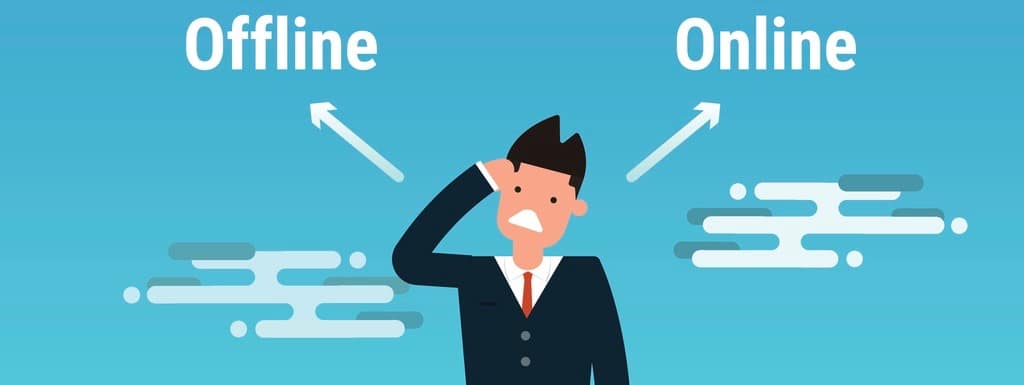It may not seem like it, but online and offline consumers are completely different based on their experiences. Whether they are doing it online or through physical stores, both have been deemed challenging by businesses and brands alike.
If you are looking to have an online shopping experience, you need an internet connection. We recommend you to try Xfinity internet. To top it off, you can apply for their services online if you prefer. Or you can simply visit the nearest Xfinity store and apply for their internet services so you can make the most of your online shopping experiences. From the Xfinity internet plans, you do not need a high-speed internet connection for your online shopping experience. Even the most basic plan would work, though internet speed up to 100Mbps or higher is recommended for a good online shopping experience.
Differences
Following shows a brief difference between online and offline consumers:
- Offline consumers are the ones who visit the physical store, whereas online consumers visit the e-commerce website to check out products and services.
- Offline consumers are influenced by the physical store’s layout and design, whereas online consumers lookout for the website’s layout and design.
- In physical stores, offline consumers are able to reach out to the salespersons in charge, who are present, if they have any queries about the products and services. Online consumers reach out to customer support through live chat or a phone call and there is no human interaction.
- With direct interaction, offline consumers get immediate responses to their queries. Responses towards online consumers are usually within 40 hours, or sometimes more when brands do not have enough support staff.
- The products that offline consumers explore are tangible and can be reviewed at the moment. But the products that online consumers explore are not tangible, and that is why online businesses offer a return policy for these consumers.
Consumer’s engagement
If you look from a business’s perspective, online and offline are different channels, demanding different skill sets from them. Two consumers who connect with the same business, each online and offline, will have a very different experience. Here’s how we can explore:
Location: For a consumer, going to a physical store requires time and effort, which also increases their chances of buying. Physical location is extremely important because the business or brands do not want to be too close to their competitors. But the e-commerce stores can be accessed from anywhere in the world and aren’t only limited to a specific region. The competitors, however, are a click away, which means that if the online consumers aren’t convinced enough to buy from a brand, they’ll just sway over to the brand’s competition. This makes it challenging for e-commerce markets to keep their potential consumers.
Ease: The brands try to group similar items together in a physical store so it’s not difficult for consumers to search throughout for things they need. But in e-commerce, consumers are more interested in knowing how fast they can make their purchases. Brands need to optimize their online store in such a way that the check-out process is simple. If the consumers feel like there are any obstacles in the purchasing process, they can leave and look elsewhere.
Understanding: In a physical store, there is service staff available to help the consumer in any way they need before making the purchase. However, this process is harder online. Brands will need to provide useful content, FAQs and provide smooth and timely customer support online.
Online and offline consumers have overlapping shopping experiences, but for online consumers, there is less commitment towards the e-commerce store. Businesses that are trying to improve their brand image will need to assess both their situations separately for consumers to have a smooth shopping experience.


